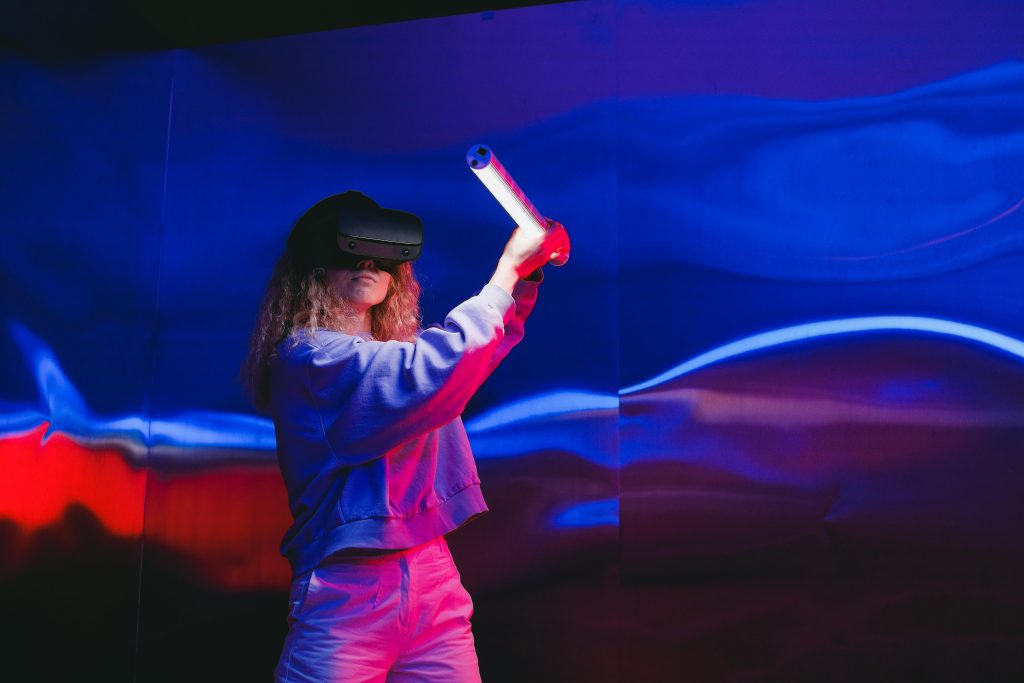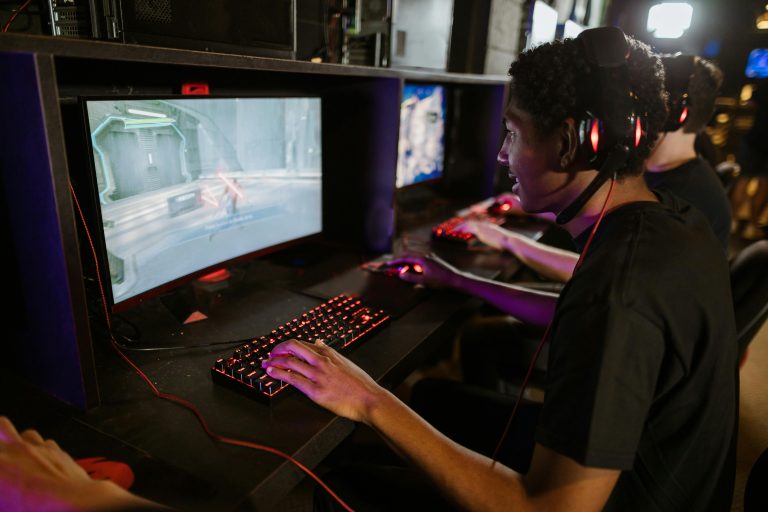
For decades, the creation of rich, immersive game worlds and memorable characters has been a monumental undertaking. It required armies of artists, writers, modelers, and designers, countless hours of painstaking work, and budgets that rivaled blockbuster films. This high barrier to entry often meant that only the largest studios could realize truly expansive visions, while indie developers had to scale their ambitions to fit their resources. But a seismic shift is underway. A new wave of artificial intelligence is crashing over the gaming industry, not to replace human creativity, but to amplify it. AI generative tools are democratizing game development, empowering creators of all sizes to unleash their imagination and build breathtaking characters and worlds faster and more intuitively than ever before.
From Blank Canvas to Living World: AI in Environment Generation
The foundation of any great game is its world. Whether it’s a sprawling fantasy continent, a cyberpunk metropolis, or a desolate alien planet, the environment sets the stage for the player’s journey. AI tools are revolutionizing this process from the ground up.
Procedural generation is not new; games like Minecraft have used it for years. However, traditional proc-gen often results in repetitive or nonsensical landscapes. Modern AI-powered tools, like those using Stable Diffusion or custom-trained models, allow developers to generate highly detailed and coherent assets through simple text prompts. A designer can type “a misty swamp with bioluminescent fungi and ancient, crumbling ruins” and receive dozens of high-concept art pieces, texture maps, and even 3D model concepts in seconds.
This capability is transformative for rapid prototyping. Instead of waiting for a concept artist to iterate on ideas, a small team can generate a vast mood board of environmental concepts, establishing the visual tone of their game in an afternoon. Furthermore, AI can assist in populating these worlds. Tools can generate endless variations of flora, rocks, and debris, ensuring that a forest feels organic and unique rather than copy-pasted. This not only speeds up development but also drastically increases the level of detail and immersion players experience.
Breathing Life into Characters: AI-Driven Design and Backstories
Characters are the heart and soul of a narrative game. Designing a compelling character involves a perfect blend of visual design, personality, and backstory. AI generative tools are now assisting with every step of this complex process.
Visual Concept and Design
Concept artists can use image generators like Midjourney or DALL-E 3 to overcome creative blocks and explore a massive range of possibilities. Prompting for “a grizzled dwarven blacksmith with a mechanical arm and intricate runic tattoos” yields a wealth of visual inspiration that can be refined and integrated into a cohesive art style. This allows for the creation of more diverse and interesting NPCs and party members without exponentially increasing the artist’s workload.
Dynamic Backstories and Dialogue
Beyond visuals, large language models (LLMs) like ChatGPT are incredible tools for writing. Developers can use them to generate intricate character backstories, brainstorm personality quirks, and even draft branching dialogue trees. By feeding the AI the core tenets of their game’s lore, a writer can task it with creating a dozen unique histories for villagers in a town, ensuring each one feels distinct and grounded in the world. This depth makes the game world feel alive and reactive, even in its smallest interactions.
The New Workflow: Augmentation, Not Replacement
A common fear is that AI will replace human artists and writers. In reality, the most powerful use of these tools is as a force multiplier for human creativity. The new workflow is one of curation and refinement.
An AI can generate 100 images of a “desert oasis,” but it takes a human art director to select the one that perfectly matches the game’s intended mood and artistic direction. An AI can draft a knight’s biography, but a human writer injects the heart, emotion, and narrative purpose. The AI handles the brute-force work of generation, freeing up the human creator to focus on high-level vision, storytelling, and polishing the raw output into a finished, professional asset.
This collaborative process is making small studios more competitive and allowing AAA studios to achieve levels of detail previously thought impossible. It reduces crunch, lowers costs, and enables more iterative, experimental design where ideas can be visualized and tested in minutes rather than months.
Gazing into the Crystal Ball: The Future of AI in Game Dev
We are only at the very beginning of this revolution. The future promises even more deeply integrated and powerful applications.
- Fully Interactive AI NPCs: Imagine NPCs with whom you can have unscripted, natural conversations. LLMs could power characters that remember your previous interactions and dynamically alter their dialogue and quests based on your actions, creating a truly unique experience for every player.
- Procedural Narrative Generation: AI could assist in building entire main quest lines and side stories that are coherent and compelling, adapting to player choices in real-time to create a personalized epic.
- Real-Time World Building: Tools could allow developers to describe a scene in natural language and have the AI construct a rough playable environment instantly, drastically accelerating level design.
Of course, this future is not without its challenges, including serious ethical considerations around copyright, data sourcing, and the need for responsible implementation.
Conclusion: The Ultimate Tool for Storytellers
The rise of AI generative tools is not the end of human creativity in game development; it is a renaissance. By automating the tedious and labor-intensive parts of the process, AI is handing the reins of imagination back to the creators. It is breaking down the financial and logistical barriers that have stifled innovation, allowing indie devs and industry giants alike to explore new ideas with unprecedented speed and scale. The ultimate winner in this revolution is the player, who will be invited into game worlds more detailed, characters more deep, and stories more personal than ever before. The blank canvas of game design is now limitless, and AI is the brush that lets us paint upon it.






